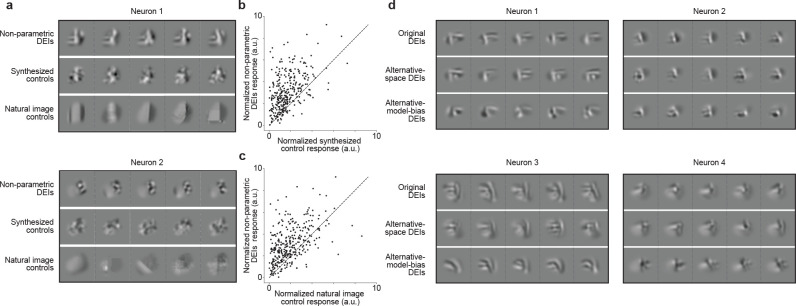Fig. 3. DEIs evoked stronger responses than synthesized and natural control stimuli in target neurons and generalized across different synthesis conditions.
a, Examples of non-parametric DEIs (top), synthesized controls (middle), and natural controls (bottom) for 2 neurons. Synthesized controls were generated by perturbing the MEI in random directions while natural controls were found by searching through random natural patches. Both natural and synthesized controls were restricted to be strictly closer to the MEI in pixel space than all DEIs. b-c, Each point corresponds to the normalized activity of a single neuron in response to its DEIs versus its synthesized controls (b) or natural (c) controls. Response to each stimulus type was averaged over 20 different images with single-repeat. DEIs activated their target neurons stronger than their corresponding synthesized (one-sided Wilcoxon signed-rank test, W = 3258, P < 10−9) and natural image controls (one-sided Wilcoxon signed-rank test, W = 6442, P < 10−9) with 47.2% and 41.0% of all neurons showing greater response to DEIs respectively (P < 0.05, one-tailed Welch’s t-test with 30.4 and 31.1 average d.f., respectively). Data were pooled over 318 neurons from 5 mice. d, Examples of non-parametric DEIs synthesized with diversity evaluated as Euclidean distance in pixel space (top), or as Pearson correlation in in silico population responses (middle), or using a predictive model of different architecture and trained on different stimulus domain (bottom).

